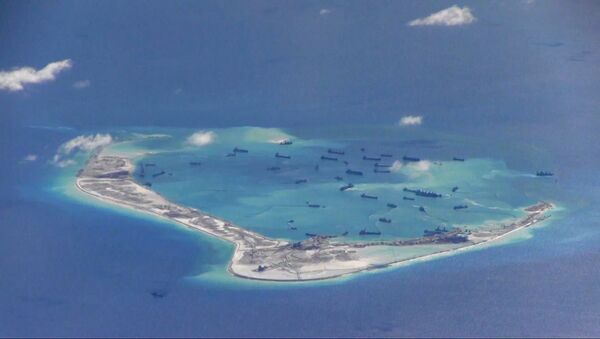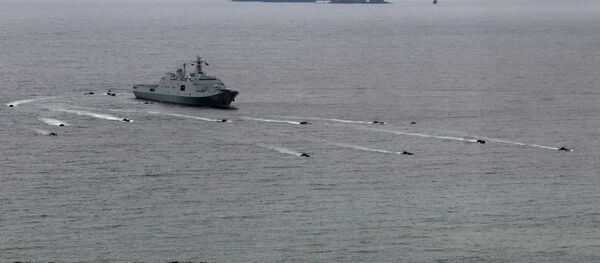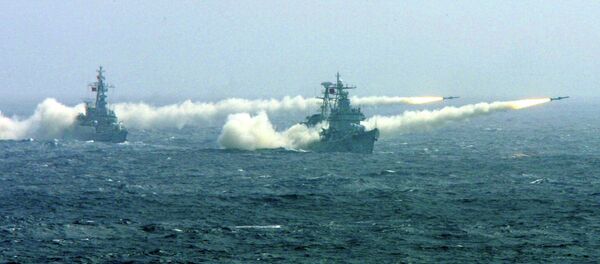The tribunal, appointed by the Hague-based Permanent Court of Arbitration, rendered its verdict on July 12, negating China’s nine-dash-line claims over the South China Sea. The decision upheld claims by the Philippines to the region, based on historical rights.
Vietnam, Taiwan, Malaysia and Brunei also have counter-claims to the same area. China, whose claim covers most of the sea, boycotted the tribunal and rejected its verdict, claiming the process was illegal.
The website, operated by China’s National Marine Data & Information Service, features ten sections that contain news, development and management, historical archives, law and regulation, expert opinion, a timeline of events, videos, photos, a Q&A and other information.
Zhang Haiwen, an official of China’s State Oceanic Administration (SOA) that launched the site, said, "The South China Sea has drawn huge attention, but some information online is not accurate. We hope that this website will enable domestic and overseas people to better understand it and learn about the truth behind the 'dispute' over it."
Along with archives and maps, Zhang pointed out that the site also features articles and analyses based on expert research of thousands of maps. Before information is placed on the site, the official claimed, it must pass an expert panel review and be "comprehensive, authoritative, detailed and accurate," according to the expertise of the SOA.
SOA spokesperson Shi Qingfeng said, "The website is founded with the aim of positively publicizing our policies, claims, historical proof, legal basis and international cooperation while serving as a reliable channel for domestic and overseas government departments, research groups and individuals to learn about the South China Sea."





